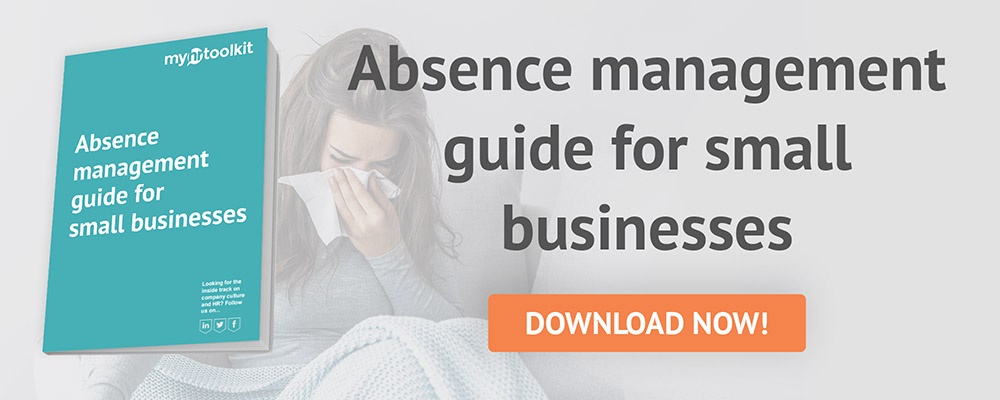What is statutory sick pay (SSP) and how can you calculate it for employees? HR consultant Kate Marchant explains SSP and outlines how to calculate it in this quick guide.
What is statutory sick pay (SSP)?
First of all, let’s remind ourselves what statutory sick pay is – it is the legal minimum employees are entitled to when they are off sick from work for more than 4 days in a row. SSP is based at a flat weekly rate and, as of April 2022, this is £99.35 per week. This rate usually increases each year and is applicable 6 April to 5 April annually.
Company sick pay (CSP)
Of course, some businesses choose to pay above and beyond this legal minimum and this is usually referred to as Company Sick Pay (CSP) to differentiate the entitlement. Depending on the duration of any CSP scheme, an employee may still be entitled to some SSP if their entitlement to CSP expires – although this will depend on the detail of any CSP scheme.
Calculating statutory sick pay

The SSP calculation itself is relatively easy, in that you take the weekly rate of £99.35 and divide this by the number of qualifying days in a week. The first 3 days of any absence are usually classified as waiting days.
So, by way of example, if someone is off sick from Monday 17th January to Wednesday 27th January and their contracted working days are Monday to Friday, then they will be off sick for a total of 7 qualifying days. £99.35/7 qualifying days gives £14.19 of SSP per day. As the first 3 days are waiting days, the employee will receive SSP for a total of 4 days: £14.19 * 4 days = £56.76 SSP.
Staff eligibility for statutory sick pay
There are some conditions an individual must satisfy in order for them to qualify for SSP. These are:
- They must be employed by you
- They must have notified you of their absence
- They must be sick for more than 4 days in a row – including weekends and bank holidays (this is known as the period of incapacity for work – PIW)
- They must have average weekly earnings equal to or more than the Lower Earnings Limit (LEL) for national insurance contributions. For the 2022 to 2023 tax year, this is £123
- They must be an employed earner i.e. have earnings on which you are liable to pay employers Class 1 National Insurance contributions
Calculating average earnings
This should be done by using a set period of time prior to the start of the employee’s PIW. This period should be at least 8 weeks long and is marked by two pay dates:
- Date 1 – the last normal pay date before the employee’s first complete day of sickness
- Date 2 – the last normal pay date falling not 8 weeks before the pay date above
The relevant period is calculated from the day after date 2 and including date 1.
Weekly average earnings (including those paid once a week, or in multiples of weeks e.g. fortnightly or every 4 weeks) can be calculated by adding the gross earnings in the relevant period, including any bonus and commission, then dividing the total by the number of weeks in the period.
Monthly average earnings can be calculated on the same basis as in weekly above. Add the gross earnings together, then divide the total by the number of months in the period – if this is not a whole number then round to the nearest number, multiply by 12 and then divide by 52.
What happens if your employee is not entitled to SSP?
If the employee has been incapable of work for at least 4 days they should claim employment and support allowance from the Jobs and Benefits office.
Read more from the myhrtoolkit blog
How to calculate holiday entitlement
How to calculate a sickness absence percentage for employees

Written by Kate Marchant
Kate Marchant is an experienced HR professional and CIPD Associate Member who offers straight talking HR solutions for SMEs with friendly and jargon free advice through her consultancy Running HR Ltd.


 Holiday Planner
Holiday Planner Absence Management
Absence Management Performance Management
Performance Management Staff Management
Staff Management Document Management
Document Management Reporting
Reporting Health and Safety Management
Health and Safety Management Task Management
Task Management Security Centre
Security Centre Self Service
Self Service Mobile
Mobile




